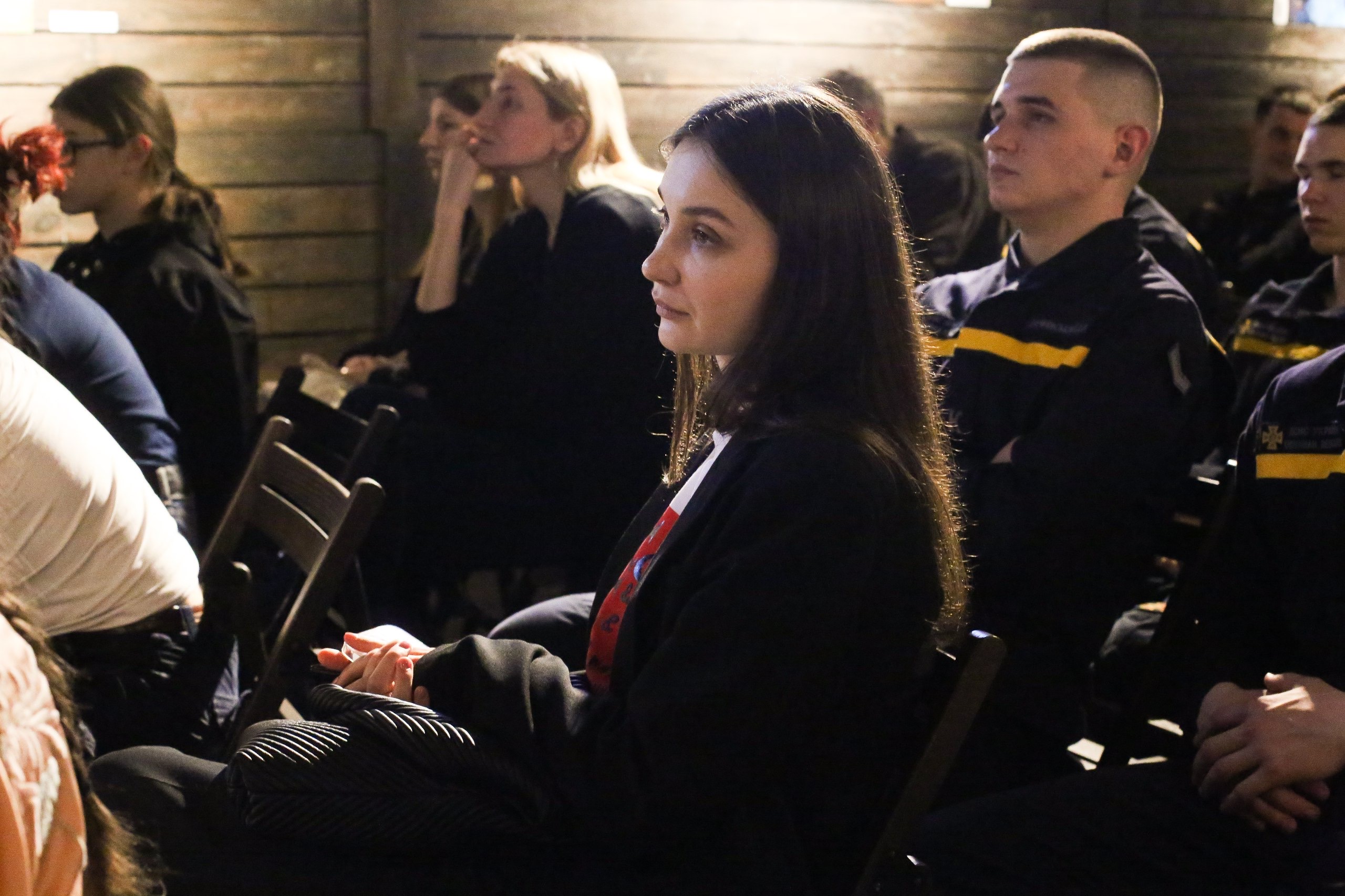The discussion focused on ethical challenges, emerging forms of memorialization, the collaboration between artists and museums during wartime, and the evolving practices of preserving memory—memory that remains painfully raw.
Roza Tapanova, Director of the Babyn Yar Reserve, outlined the institution’s role in contemporary commemorative culture:
"Our exhibition center, Living Memory, is a space where archives meet contemporary art, where history takes shape through installations, music, video, and photography. Through the language of art, we address difficult topics and prompt reflection on the nature of evil. We have consciously chosen not to be a museum of silence. We are a space of dialogue and action".
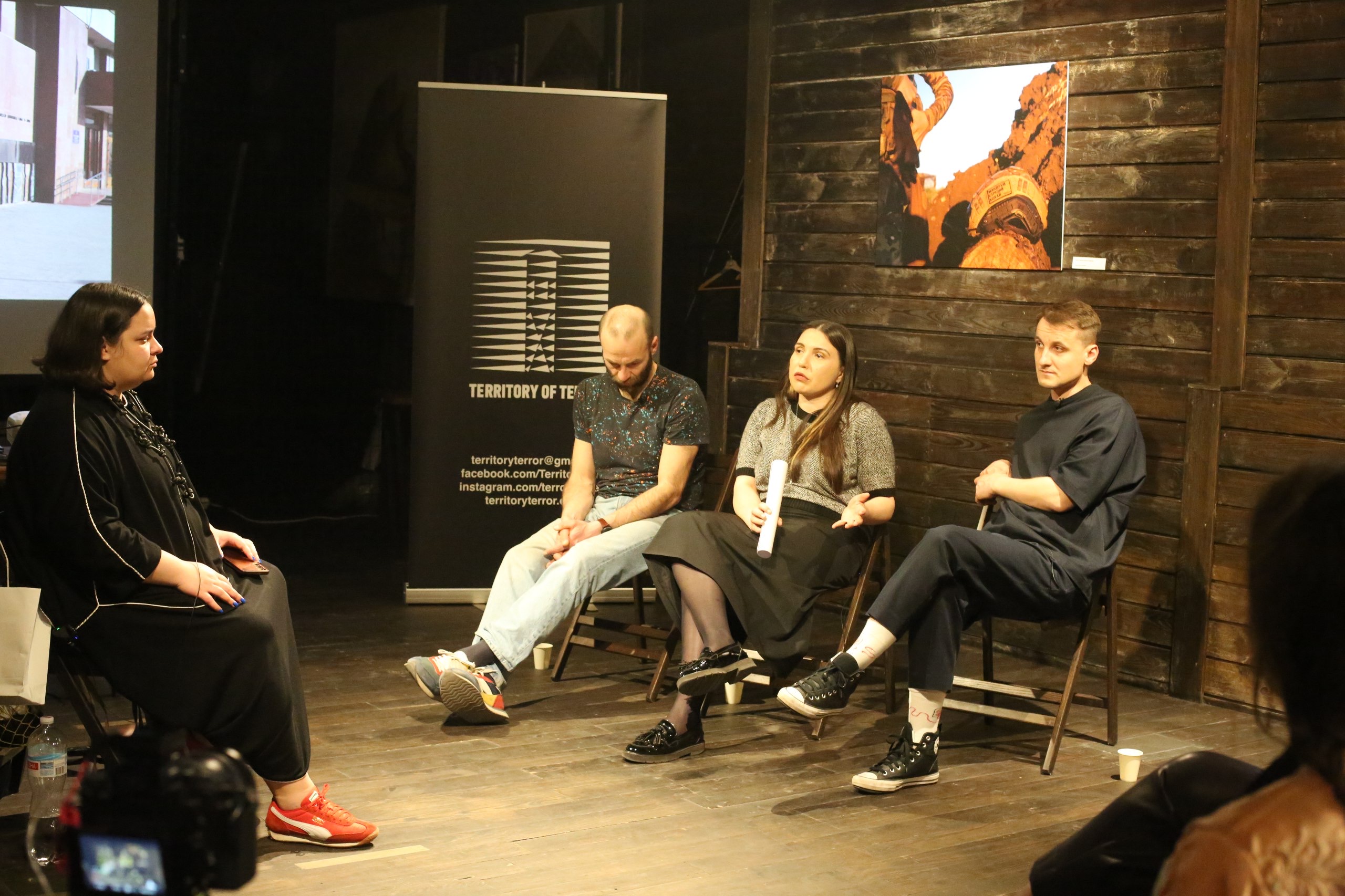
As part of its exhibition activities, the institution has launched several projects, including "Stolen Childhood":
"This dialogue allows for a deeper emotional understanding of what crime and genocide mean. It becomes clear why we have no right to remain silent. Through this exhibition, we not only speak about crimes of the past—we draw attention to the present. We call on people to act and to protect our children today".
The "Bakhmut. Faces of Genocide 1942|2022" project has already been presented in Kyiv, Kaunas, and Lviv. Each location brought new layers of meaning:
"In Kyiv, our exhibition center is located in a former power block built atop a Jewish cemetery—deliberately constructed to erase traces of the crime. This setting underscored the story we told: the deliberate attempt by Russian forces to erase Bakhmut.
In Kaunas, the exhibition was hosted at the IX Fort Museum—a site dedicated to victims of totalitarian regimes. There, the focus on the systematic destruction of humanity by totalitarian systems was further amplified.
In Lviv, housed in the Powder Tower—a former fortress—the exhibition acquires symbolic significance. Bakhmut was and remains a fortress of Ukraine, even when physically destroyed".
Artist Mykhailo Alekseenko reflected on personal responsibility and the changing perception of memory over time:
"I created my first piece, Dust, in 2014, during the Maidan protests, when people were disappearing. I was still a young, naïve artist, believing that a person could not be erased without a trace—that even if physically gone, their memory, their imprint, would remain.
In the video, I peel away layers of a face’s image—an allegory of how a totalitarian regime operates: first suppressing rights, then erasing individuality, until dust turns to ashes.
Back then, I believed memory could not be destroyed. But in 2022, with the full-scale invasion, I realized it could.

The Russian Federation, as the successor of the Soviet Union, deliberately destroys memory: looting museum collections, renaming streets, demolishing cities, rewriting textbooks. All of this is done to replace memory with a new narrative of their own".
Sculptor Volodymyr Semkiv shared insights on the challenges of creating a "living" memorial in public space:
"There are vastly different views—among the public, authorities, and artists—on what memorialization should look like. The artist often finds themselves navigating between these worlds.
It is important that the results of memorialization are not merely aesthetic but serve future generations.
What is a memorial today? Too often, it is a bronze or granite idol visited once a year by officials with flowers. This totalitarian model of memory still persists. My wife (co-creator) and I sought to break this approach.
How can a memorial remain alive and meaningful every day, not just once a year? In Ivano-Frankivsk, our memorial is placed in a high-traffic area. It is made of polished stainless steel that reflects the silhouettes of passersby. Everyone who walks past literally sees themselves. It’s a living interaction—memory becomes personal".
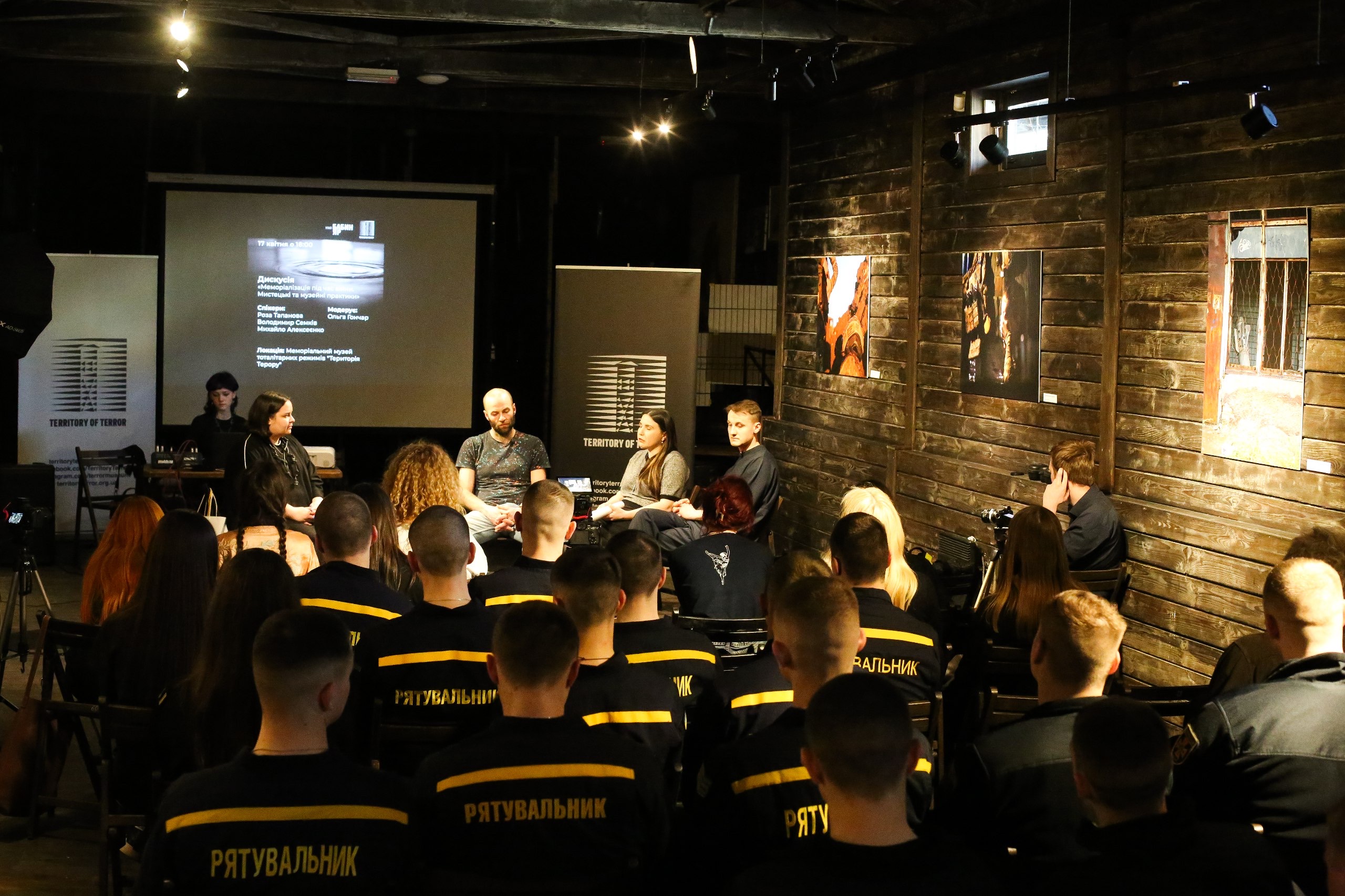
Olha Honchar, moderator of the event and Director of the "Territory of Terror" museum, highlighted the challenges faced by the museum community:
"The public demand for memorialization is immense. Yet the professional community does not always have the capacity to respond as quickly as the times demand.
We have organized several initiatives, including programs about the Yanivsky forced labor camp—in partnership with the Jewish community. In the Space of Synagogues, our colleagues proposed a concert of Jewish music. It allowed us to speak not only about the Holocaust but also about life, culture, and tradition.
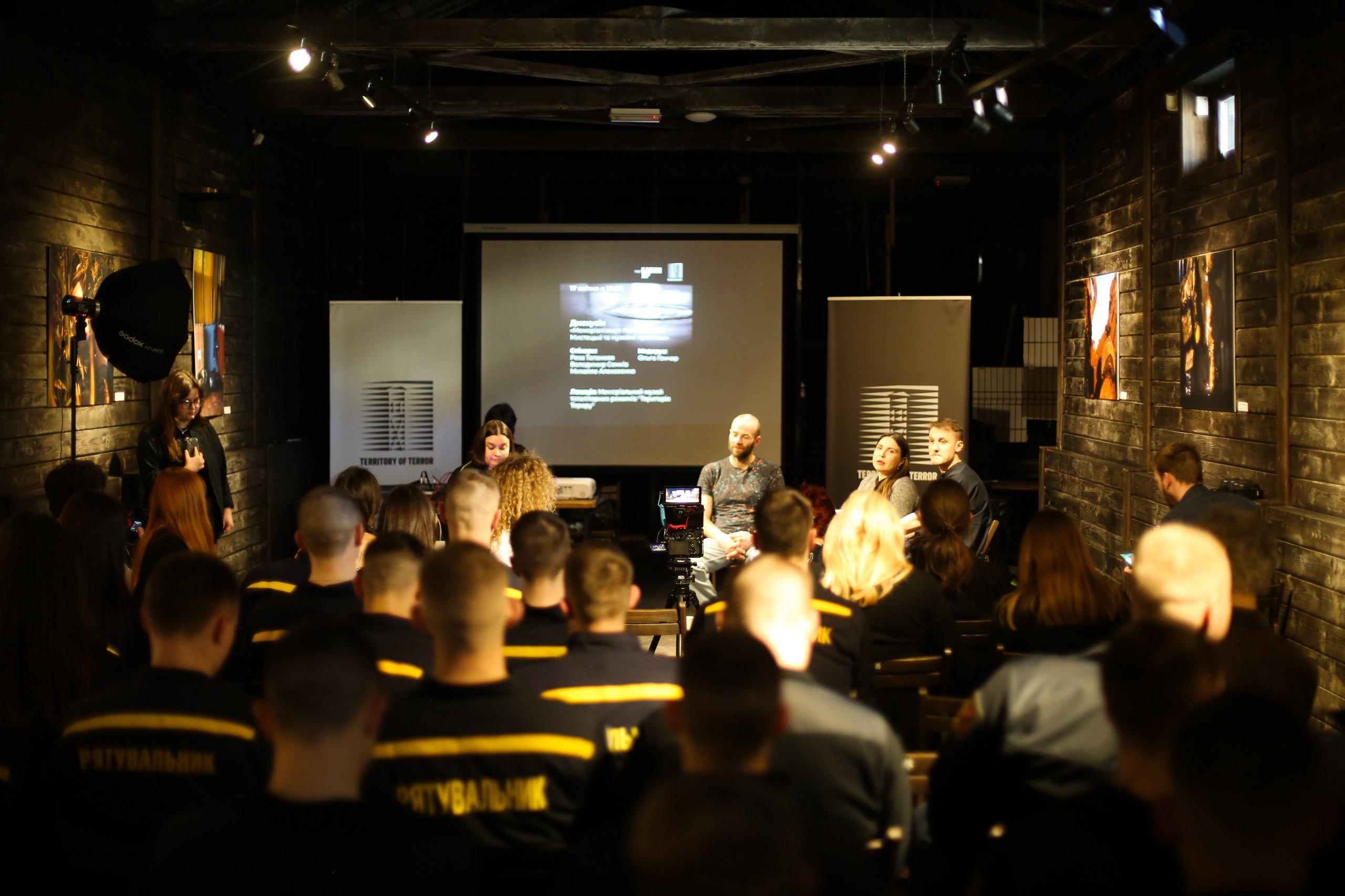
Art helps memory endure—it enables us to experience together what we are all living through now".
The discussion was part of the exhibition program "Bakhmut. Faces of Genocide 1942|2022," which will run until the end of April.
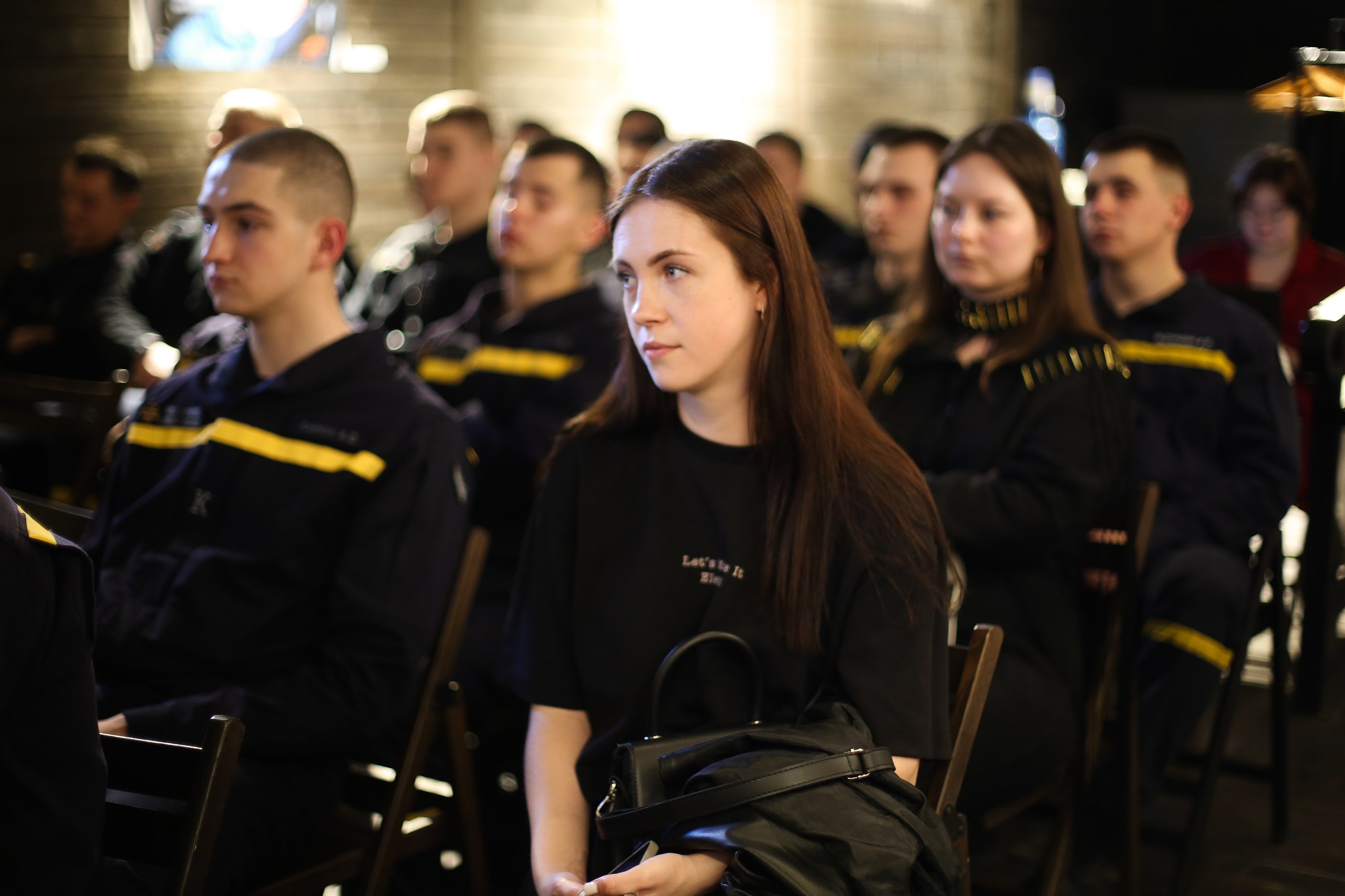
📍 Location: Powder Tower, 4 Pidvalna Street, Lviv
🕛 Opening Hours: Tuesday 12:00–18:00, Wednesday–Sunday 12:00–20:00
🎟 Admission: Free
